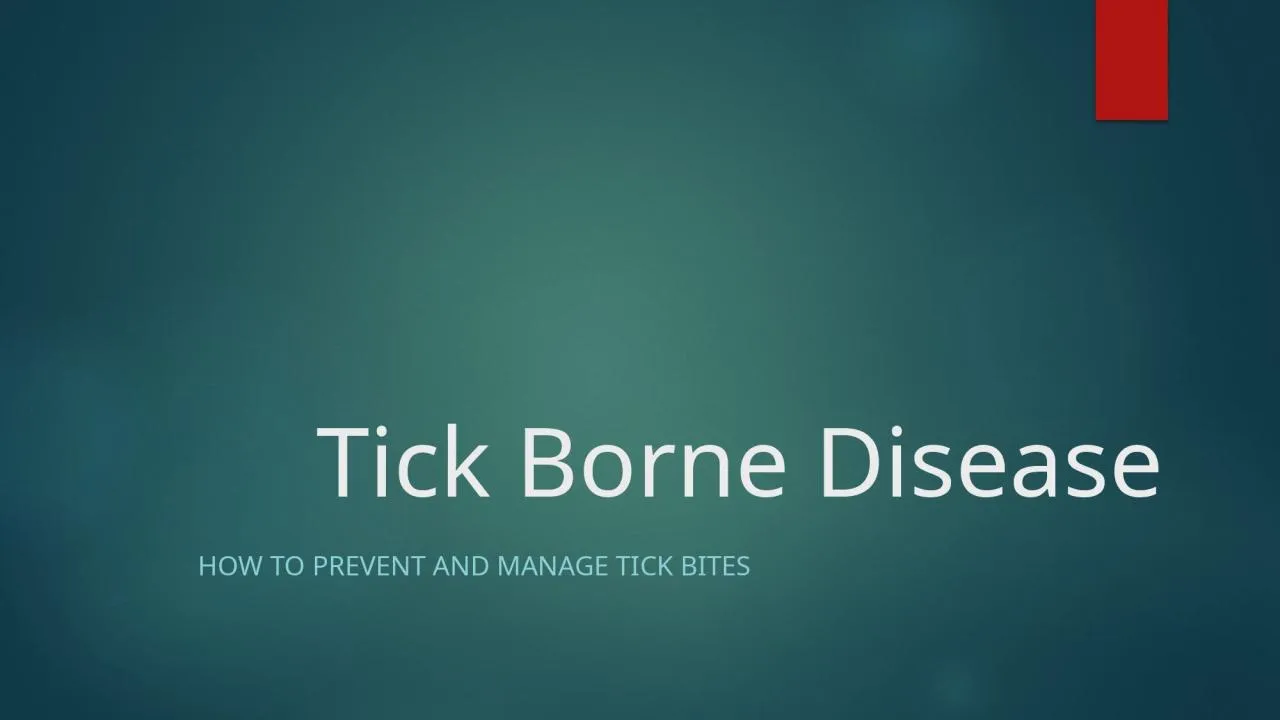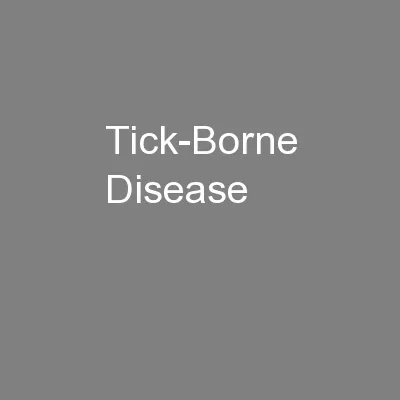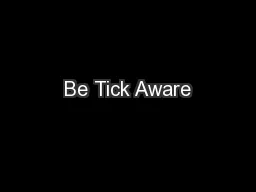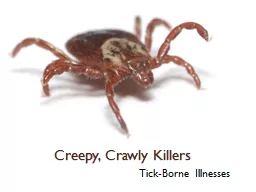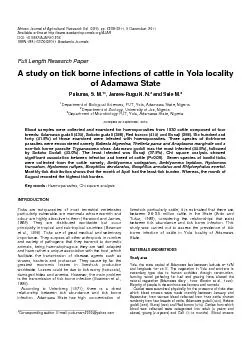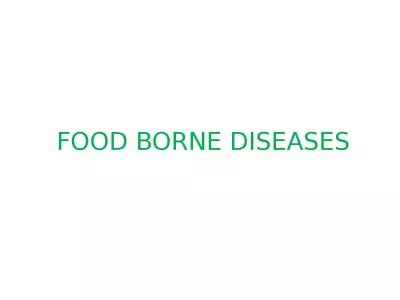PPT-Tick Borne Disease How to prevent and manage tick bites
Author : thomas | Published Date : 2022-06-07
Overview The Bottom Line The overall risk to the population While it is a good idea to take preventive measures against ticks yearround be extra vigilant in warmer
Presentation Embed Code
Download Presentation
Download Presentation The PPT/PDF document "Tick Borne Disease How to prevent and ma..." is the property of its rightful owner. Permission is granted to download and print the materials on this website for personal, non-commercial use only, and to display it on your personal computer provided you do not modify the materials and that you retain all copyright notices contained in the materials. By downloading content from our website, you accept the terms of this agreement.
Tick Borne Disease How to prevent and manage tick bites: Transcript
Download Rules Of Document
"Tick Borne Disease How to prevent and manage tick bites"The content belongs to its owner. You may download and print it for personal use, without modification, and keep all copyright notices. By downloading, you agree to these terms.
Related Documents

